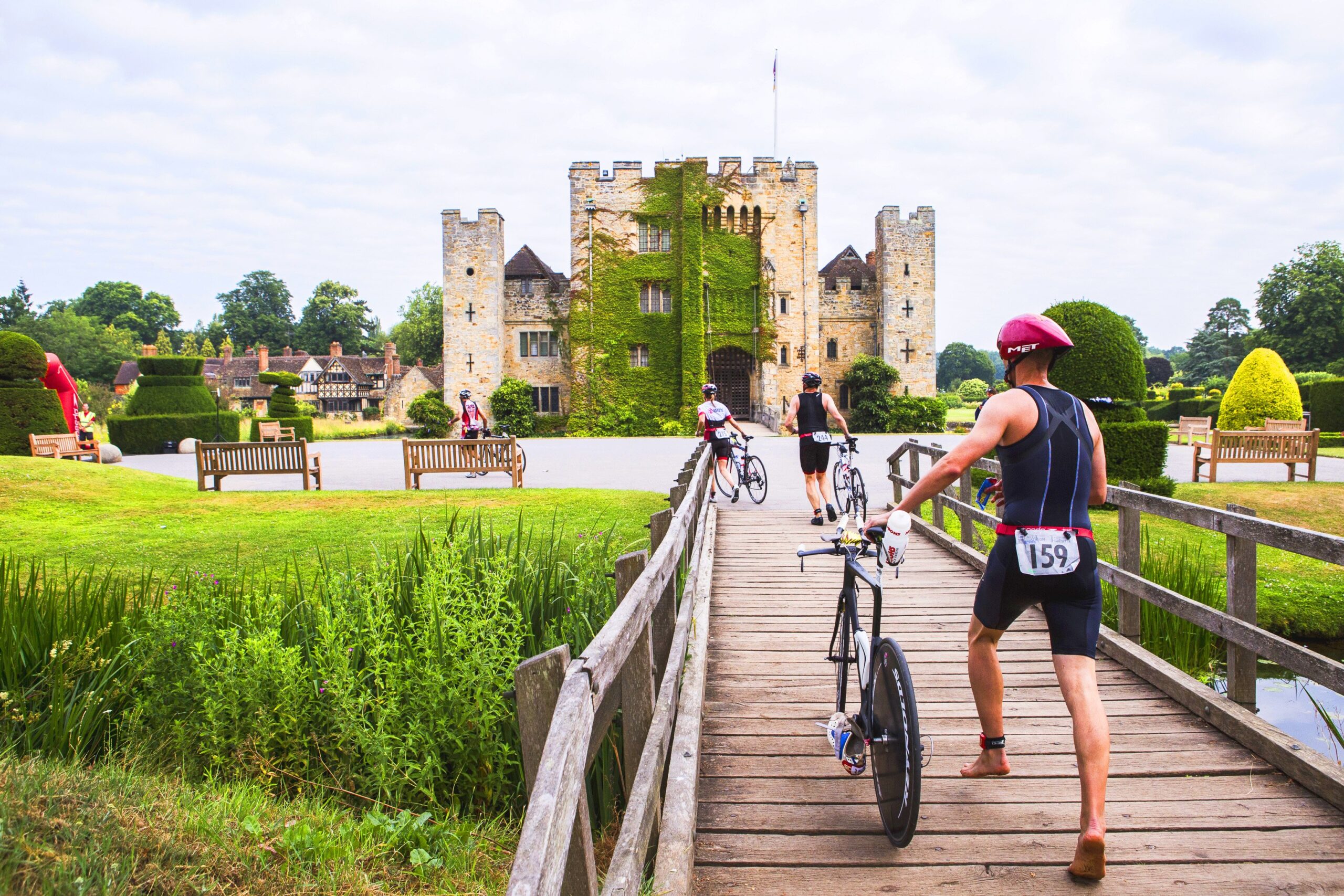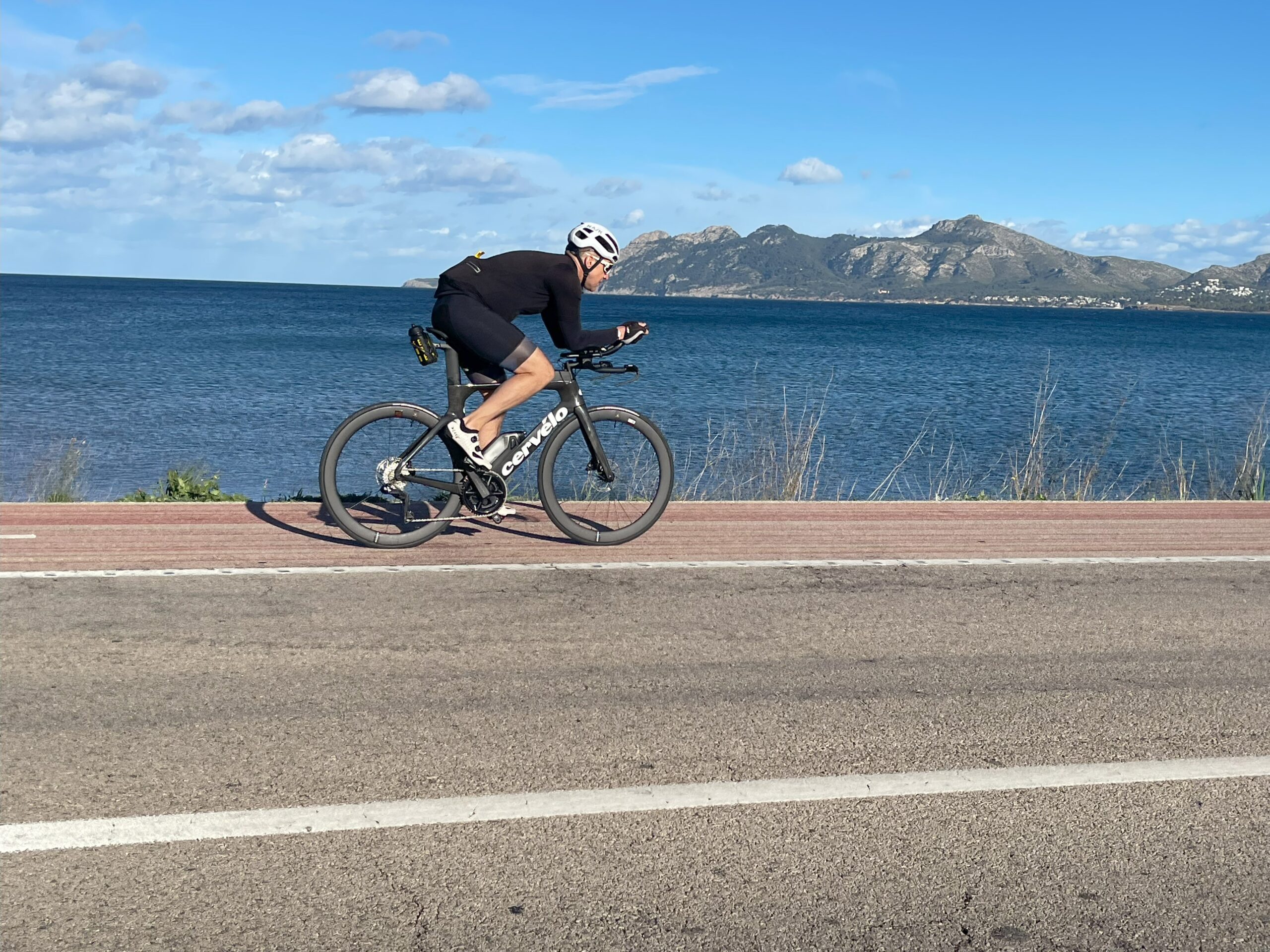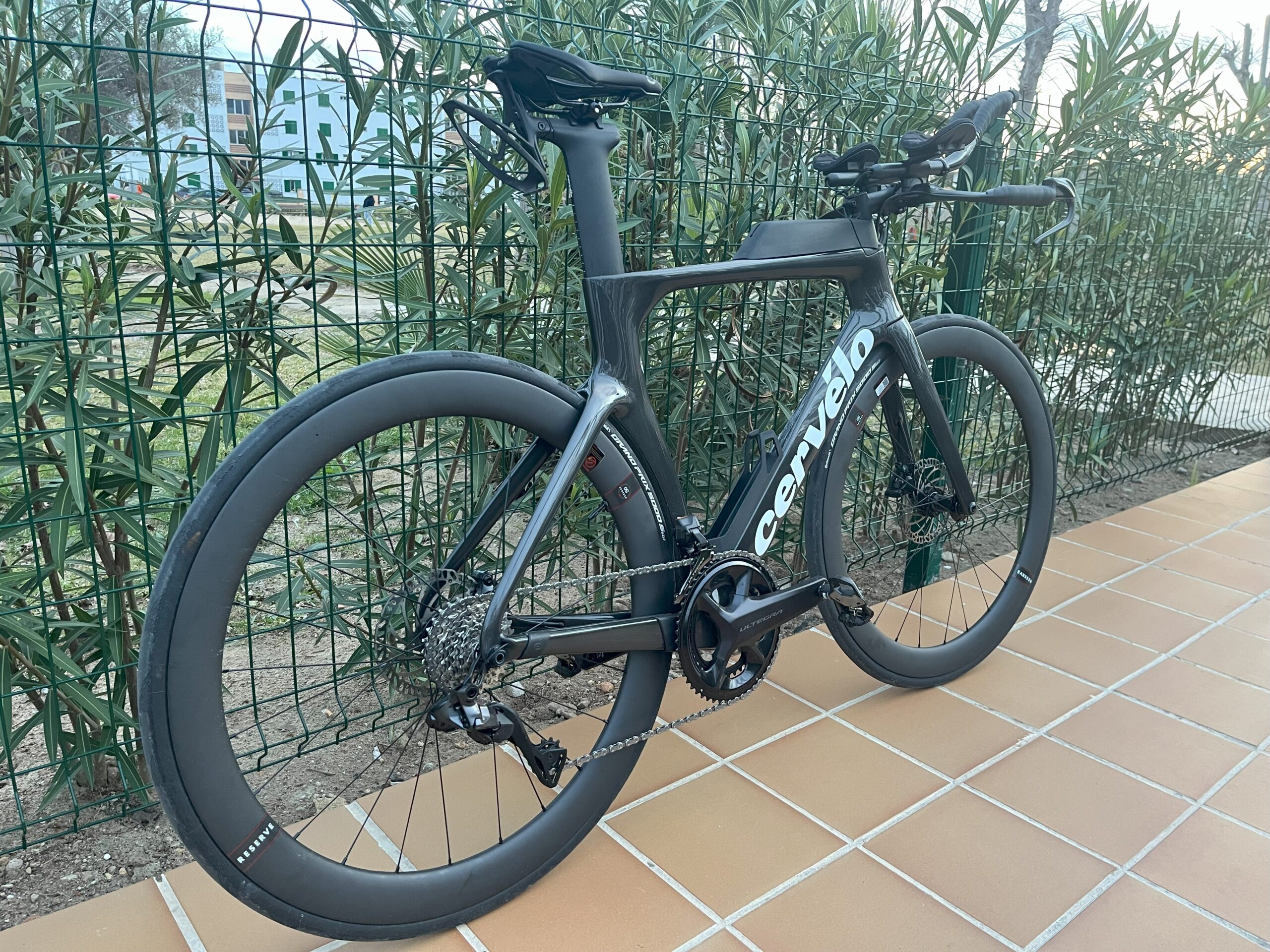So I should start by saying that there aren’t too many things to be cheerful about when your prized aero road bike is stolen – especially when you decided to take a risk and not insure it (ouch). But if there is a silver lining in the gloomy cloud of bike theft, it’s this: you get a chance to think in depth about what you want in your bike – and how you intend to use it – before you invest in a decent replacement.
That’s why I was pleased to stumble across Yellow Jersey’s informative guide, ‘The Ultimate Beginner Guide to Buying a Bicycle’. It provides a comprehensive list of questions to help you navigate the myriad of choices you will have to face – on the type of bike you want, its many component parts and the spec you think you can afford.
So having picked up my brand new bike yesterday, I thought I would share how I answered the main questions and selection criteria that got me to my final destination.
Choice #1: Think hard about what you will primarily be using it for
I realise I am fortunate. I own a mountain bike, a gravel bike, and use my wife’s old bike to commute to work. The choice for me was really narrowed down to a road bike (or aero road bike like the one I had stolen) or a triathlon / time trial bike.
Now my rationale here is not perfect, some might say dubious: I heard earlier this year that I had qualified for the GB Triathlon team in my Age Group, so had been offered a place in the European Sprint Championship in September and the World Aquabike Championship in October. When I say ‘qualified’ I should add ‘by the skin of my teeth’: I seemed to qualify in the last available slot for my age group in both events. So, although I was delighted to qualify, I also started to imagine the sorry sight of me hobbling up the finish line in last place. And if my bike selection can minimise that risk, then that sounds like a smart choice to me.
I had read studies that seemed to suggest that the improved aerodynamism of triathlon bikes can improve your times for as much as 1 minute for every 10k you race. Plus I had seen first hand in my qualifying races last season the distinct advantage enjoyed by my fellow competitors on triathlon bikes, with their bodies bent aerodynamically forward as they glided past me – almost effortlessly.

Of course I realise there are drawbacks in replacing your more versatile riding options of a road bike, with the more race focussed benefits of a triathlon bike: there are distinct disadvantages in doing day rides with your friends, climbing hills and of course ‘Draft Legal’ triathlons and many club races effectively ban or discourage the use of triathlon bikes.
But, given that I see my future will involve more competitive racing at a range of distances (from Sprint to IronMan) I felt the time advantage was the deciding factor and I needed the aerodynamic advantage of a triathlon bike going forward. Ok – so the first decision is settled.

Choice#2: Work out how much you are you going to spend
Before I talk cash and the state of your bank balance, I have to mention the UK’s amazing Cycle to Work Scheme. We might occasionally complain about ‘the state of the country’ or get frustrated by our public services, but at least we have a Government backed scheme that provides a significant tax incentive for us to buy a bike and use it to commute to work AND allows us to do the same every year. In short, if your employer offers the scheme, you should really think seriously about using it. You will save 23-39% on a bike and accessories. You pay nothing upfront and the payments are taken tax efficiently from your salary by your employer. What’s not to like. It will significantly alter the type of bike you can afford AND allows you to spread the payments over a year.
You may find that many of the bike buying guides talk ‘price brackets’ depending on your budget, from entry level (up to £1000), solid spec (£1500-£3000) and higher spec (£3500+) budgets – with multiple variations up or down as you select more advanced componentry for your gears, brakes or the material the bike is made of. And you do need to be sensible. Buying bikes can be a financial blackhole that absorbs every spare £ of cash you have in your pocket, so you do need to decide on a budget and stick to it.
I was in the fortunate position of having an understanding wife who a) loves cycling b) realises that spending a ‘ridiculous amount’ on a bike is actually not a ridiculous thing to do. It is not uncommon for guys of my age to go off the rails, so forking out on a decent set of wheels to keep me on the road of life seems like a sensible investment; it will probably only be my kids who complain that I am ‘frittering away’ their inheritance.
So yes, I managed to justify setting a high budget and spending ‘a lot’ on a new bike. (I realise there is a lot of wealthy, white male privilege in that last sentence; the majority of cyclists have to scrimp and save hard to afford a decent bike purchase)

Choice#3: Find a bike shop that is right for you
Of all the advice in the YellowJersey article, this was the one that rang most true. It is worth shopping around or contacting a range of bike shops to get the right advice. Ideally you want to find cycle shop professionals who have in depth knowledge (without being too technical) and who are genuinely interested to find out about you and what you are looking for – particularly when there are a dizzying array of bike makes and styles to choose from.
In my case it was actually the bike manufacturer Cervelo that directed me towards the shop where I eventually bought my bike.
I should note I was pre-disposed to looking at this particular brand:
-My last bike was a Cervelo S3 DI2 and its geometry, ride and handling had suited my frame really well.
-I had noticed quite a few Cervelo bikes racked up in the transition area at my last qualifying race (yes, I was looking around with a fair degree of bike envy)
-Plus aficionados of elite cycling will point out that the Jumbo Visma team who won all three Grand Tour stage races in 2023 were riding Cervelo bikes
The only problem when I started looking for a Cervelo bike in the UK was that so few shops actually stocked them – or at least the higher end triathlon bikes. So that’s when I decided to contact the Canadian head office direct and get them to guide me to approved retailers in the UK. Two emails later and I was having an informative and helpful conversation with Dan, Dom and Gary at Henley Cycles. They helpfully talked me through the detailed spec and sizing decisions that I needed to make – everything from frame size (this is REALLY IMPORTANT), electronic groupsets, tubeless vs inner tube, tyre selection, wheel rim size. I must have spent the best part of 3 hours interrogating them on every aspect of how the bike was designed, what alternative spec was available and what was was right for me.
Now I know that some bike shops allow or encourage you to go out on a test ride to get a proper feel of the bike – and in the main I think this is not a bad idea. Even 15-20 minutes in the saddle will give you a sense of whether the bike will suit you, and possibly help you avoid a costly mistake. However, in my experience there is nothing like a professional bike fitting to help you get the perfect, comfortable set up for your body and frame on the bike you have chosen. There is enough adjustment scope in saddle, handlebar and tri-bar positioning to help you find the right set up for whatever ride you are contemplating. That’s why I have a professional bike fitting already booked for next month and will write about that in a subsequent blog.
View this post on Instagram
So what did I go for?
As you might have worked out from the photos, I decided to go for the Cervelo P Series Ultegra DI2 2024 Triathlon bike. The combination of the sleek design with integrated Zipp tri-bars, integrated Aerobottle and Smartpak, as well as the brand’s longevity and reputation in the triathlon bike market – and my own good experience riding the Cervelo S3 – were the deciding factors.

Yes, I have forked out a lot on a brand new bike, but we all know that it is never just a bike you are buying – it is the thrill of competing, the joy of cycling with your mates, the health and mindfulness benefits of the long ride or the daily buzz on the turbo trainer – as well as the uptick in confidence when I next rack my bike in transition.
Now all I have to do is put in the hours of training over the next 9 months to make sure I definitely don’t come last.
(Oh, and to avoid the disappointment and financial torture of having my dream machine stolen again– I probably need to insure it in the next 24 hours..)
Fear not, Andi’s new TT bike is now insured with Yellow Jersey! He’s covered for theft, crash damage, accidental damage, liability cover, personal accident, taxi reimbursement and much much more. You can get a triathlon bike insurance quotation here. If you are planning on travelling abroad to train or race, Yellow Jersey also offer triathlon travel insurance which is designed to cover emergency medical expenses, trip cancellation, trip abandonment, trip curtailment and a whole host of other benefits. In need of some help? Give our friendly support staff a call on 0333 003 0046.